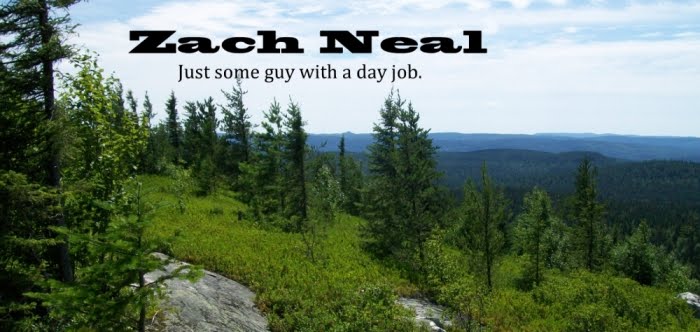 |
| Grand River at Cambridge. (JustSomePIcs. Wiki.) |
The Grand is the largest river system in Southern Ontario. With its source at Wareham near the base of the Bruce Peninsula, the river flows south through the heart of southern Ontario to empty into Lake Erie.
This writer has kayaked small parts of the Grand River just below Elora Conservation. The author has also camped for a few nights at the Conservation Area and shot the rapids a number of times. This involves two vehicles, as the boats are launched up the road at the base of the falls. It’s a simple process, the two vehicles go to town, unload the boats, and keeping valuable gear in Car A, they go back to the campground and then drop off Car A. Car B returns within a few minutes to the launch site. Left locked and with nothing of value in it, Car B can be picked up at leisure as the trip downstream ends at the bridge at the west end of the campground.
Water levels can vary but in general, they’re pretty low. The rapids are all Class One or less although there is a slot under the walking bridge, about halfway through the campground, where if the boat goes sideways, an upset would be likely. There is a deep pool immediately after this with no bank for rescuers and sheer cliffs of twenty or thirty metres.
Always wear a life-jacket and helmet when shooting rapids. Have a buddy along. Make sure you both know what you are going to do in an emergency—bail out for sure, but are you going to hand onto the end of his boat or try to clamber aboard in a panic? If you’ve never done it before, take some lessons, go in a more experienced group or start off very small and work your way up.
Further down the Grand, the stream has a nice current and paddling and drifting can take you a long ways in a couple of hours. When exploring alone on almost any new river, this author usually goes upstream for a couple of hours. Then, even against the wind, it’s a lot less work to get back to the vehicle. Once or twice the author has had to track a boat, walking along the shore pulling it on a rope, into the wind and the current. Most of the time the banks are choked with brush and this simply isn’t possible.
Some rapids will be clearly beyond your abilities—don’t get talked into doing something stupid.
Knowing what you must do can help to avoid that panic.
For pure convenience, my buddy and I camped at the first campsite right there on the north side of the bridge.
Guelph Lake has a small sailing club, or it did years ago. I once dove overboard, swam to shore, and walked for miles, going the long way around (in my bare feet) when my buddy’s boat couldn’t make any headway against a light wind from the west and we were in the eastern arm of the lake. Without the author’s weight, he finally did manage to bring it ashore. That was a long time ago, when the author was young, fitter and better-looking even.
The recorded history of the Grand River goes back to the fifteenth and sixteenth centuries to the Attawandaron, or Neutral nation.
After the destruction of the Neutrals around the time of the Iroquois attack on Ste. Marie, also destroying the Huron, the area was a hunting and trapping ground for the Iroquois.
After the War of 1812, when the Iroquois sided with British against the Americans, playing a key role in the defense of Canada, Chief Joseph Brant requested land from the Crown and the Iroquois were granted rights to the Grand River Valley.
Kayaking the Elora Gorge in March. This is clearly high water and only for experienced people with all the right equipment.

No comments:
Post a Comment